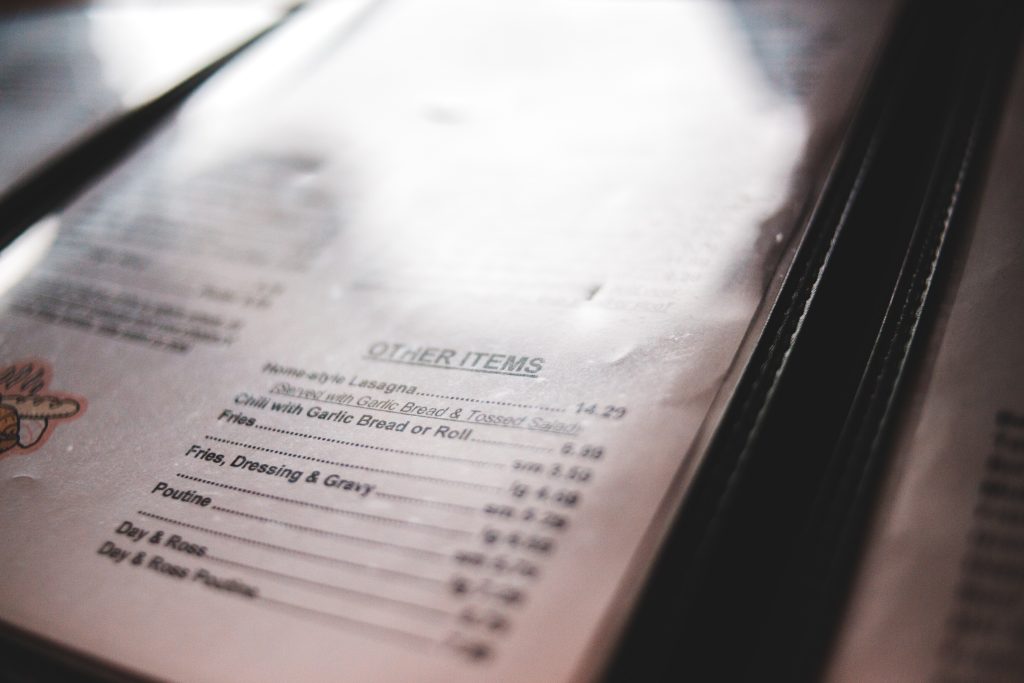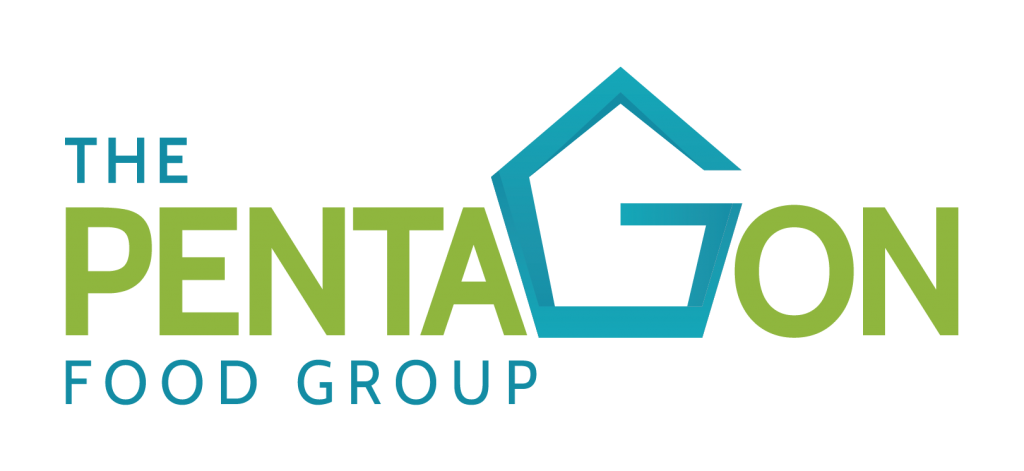Running a restaurant can be a thrilling experience, but managing rush hours efficiently is crucial for success. Managing rush hours in a restaurant requires a strategic approach that combines efficient processes, seamless coordination, and a keen understanding of customer flow. In this comprehensive guide, we’ll delve into the complexities of handling peak times, ensuring a smooth dining experience for both customers and staff.
Understanding the Challenges of Rush Hours:
Rush hours are a double-edged sword for restaurants. While they bring in a wave of customers and revenue, they also pose challenges in terms of managing increased orders, ensuring timely service, and maintaining quality standards. Identifying these challenges is the first step towards implementing effective solutions.
Strategic Staffing:
Having the right number of skilled staff in key positions is crucial during peak hours. Analyse recorded data to determine when your restaurant experiences the highest footfall and schedule staff accordingly. Cross-train employees to handle multiple roles, allowing for flexibility during busy periods. Consider implementing a “floater” role that can step in wherever needed, ensuring a well-balanced team.
Efficient Order Management:
Invest in a reliable point-of-sale (POS) system that processes orders swiftly and integrates seamlessly with kitchen operations. Embrace technology for online orders and consider implementing a separate counter for takeaway orders. This speeds up service and reduces congestion at the main counter. Regularly update your POS system to leverage the latest features that enhance order accuracy and kitchen communication.
Menu Optimization:

Simplify your menu during peak hours by featuring popular and quick-to-prepare dishes. This not only accelerates kitchen operations but also helps in managing customer expectations regarding wait times. Collaborate with chefs and kitchen staff to create a streamlined menu that doesn’t compromise quality. Rotate featured items regularly to keep the menu fresh and exciting for returning customers.
Collaboration with Food Distributors:
Develop strong partnerships with Food Distributors to ensure a seamless supply chain. Regularly communicate with distributors to understand delivery schedules and potential challenges. Explore the possibility of joint promotions or discounts during peak hours to optimize your and the distributor’s operations. Invest in technology solutions that allow for real-time tracking of inventory levels, enabling better collaboration with distributors for timely replenishment.
Technology Integration:

Incorporate technology solutions that enhance efficiency, such as kitchen display systems (KDS) that facilitate communication between the kitchen and the front-of-house staff. Leverage automation for routine tasks, like order processing and payment transactions, to reduce manual errors and speed up service. Regularly assess emerging technologies and trends in the restaurant industry to stay ahead of the curve.
Preparing a Well-Organized Seating Arrangement
Efficient seating arrangements are essential to managing rush hours effectively. Designing a layout that maximizes space without compromising comfort is key. Use indoor and outdoor spaces wisely to accommodate a higher volume of diners.
To further streamline the dining experience, consider offering pre-order options. Implement an online ordering system that allows customers to place their orders in advance. This reduces wait times and provides customers with a convenient and time-saving alternative.
Reservations and Waitlist Management:
Encourage customers to make reservations during peak hours to manage table turnover better. Implement a waitlist system with accurate estimated wait times to keep customers informed and satisfied. Utilize reservation management software to optimize seating arrangements and minimize idle tables. Consider implementing a digital reservation system that allows customers to book tables seamlessly through your website or mobile app.
Employee Training and Motivation:

Regularly train staff on effective communication, teamwork, and problem-solving skills. Motivate employees by recognizing and rewarding their efforts during challenging peak hours. A motivated and well-trained team is more likely to handle pressure and deliver exceptional service. Implement a continuous training program that keeps staff updated on the latest industry trends, customer service techniques, and menu offerings.
Continuous Monitoring and Adaptation:
Regularly monitor and analyse performance metrics during rush hours. Use customer feedback, both positive and negative, to identify areas for improvement. Be adaptable and willing to change your strategies based on real-time data and customer insights. Conduct regular team meetings to discuss challenges and successes, fostering a culture of continuous improvement.
Read More: Latest Innovations for Restaurant Food Suppliers
Conclusion:
Successfully managing rush hours in a restaurant is a multifaceted challenge that requires strategic planning, efficient processes, and collaboration with key stakeholders, including food distributors. By implementing the outlined strategies, restaurant owners and managers can navigate through peak hours smoothly and enhance overall operational efficiency and customer satisfaction. Embracing technology, optimizing staffing levels, and fostering collaboration with food distributors will contribute to a thriving restaurant business in the face of intense demand.
Remember, the key is not just to survive rush hours but to thrive in them, turning challenges into opportunities for growth and success. As you navigate the storm of rush hours, let each busy period be a testament to your restaurant’s resilience, adaptability, and commitment to delivering an exceptional dining experience.
FAQs
Efficient kitchen operations rely on strategic planning, streamlined processes, and leveraging technology such as advanced POS systems.
Food distributors are essential partners, ensuring timely deliveries and a constant supply of high-quality ingredients, contributing to smooth operations.
Absolutely. Online ordering platforms enhance customer convenience and contribute to increased revenue during busy periods.
Negotiating contracts involves clear communication, understanding both parties’ needs, and ensuring terms that benefit both the restaurant and the distributor.
Cross-training employees enables flexibility, ensuring that staff can handle multiple roles efficiently addressing the challenge of staffing during peak hours.
Optimal inventory management prevents shortages, ensuring a continuous flow of service and meeting customer demand during busy periods.






